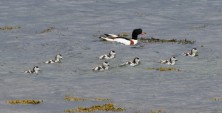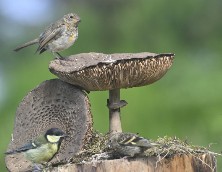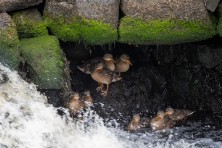June 2025
Bird Sightings
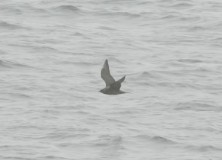
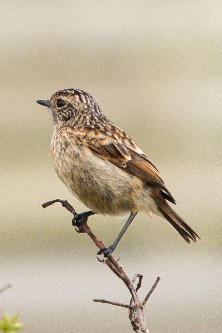
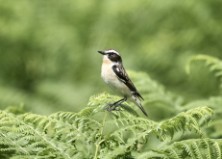
In comparison to last June, this June was warmer. The mean temperature was almost two degrees higher than last June. The combined rainfall of April/May/June this year was about thirty percent less than the combined rainfall of April/May/June in 2024. Conditions for breeding this June were better for insect eating birds in particular, species like warblers, pipits and hirundines.
Some observers have reported gardens full of young birds. There were many reports of fledged birds in gardens including unfamiliar looking young birds, like Goldfinch without the red face of the adult birds, and Robin with spots and no red breast. Among the familiar garden birds, Blackbird, Song Thrush, Chaffinch, Blue Tit, Great Tit and Dunnock seemed to be doing well. Most prolific of all seemed to be House Sparrow, with thirty at Strathwillan on 13th being one of the larger numbers. Also, there were many reports of numbers of Siskin and Goldfinch with young around, including thirty Goldfinch in Shiskine on 8th and forty Siskin in Pirnmill on 23rd . Again, it was encouraging to get reports of young Bullfinch, young Greenfinch and young Great Spotted Woodpecker from widespread locations. Six Long-tailed Tit including young, in a garden in Sannox on 14th was a particular garden highlight.
Away from gardens there were many signs of breeding including, pair of Shelduck with seven young at Clauchlands on 1st, forty occupied Sand martin nests in Glen Catacol also on 1st , three young Swallow at the Rangers Centre Brodick Country Park on 6th, Common Gull with young Blackwaterfoot also on 6th, two young Eider at Porta Buidhe on 8th, Common Sandpiper with young in Auchenhew Bay on 11th, Skylarks singing over Laggan on 12th, Oystercatcher with young at Porta Buidhe on 16th, Woodcock roding over Lakin Farm on 22nd and Mallard with seven young at Blackwaterfoot on 29th. Cuckoo, whose decreasing numbers are a cause for concern nationally, seems to be thriving on Arran. On the other hand, there was only one report from one area of Curlew with young and only reports from three areas of Lapwing with young.
The breeding success of some raptors is linked to the vole cycle. Bumper years of voles tend to be followed by a crash followed by a gradual build up, followed by a bumper year in a roughly four-year cycle. Those licensed to monitor raptor territories report, with vole numbers remaining low again this year, small broods from some pairs of raptors and fewer nests.
In June there were no reports of Arctic Tern, Corncrake, Nightjar, Quail and Wood Warbler. There were a few reports of other scarce summer visitors including; Tree Pipit in Glen Sannox on 1st, Garden Warbler on Holy Isle on 10th, Whinchat in Glen Rosa on 11th, Swift over Sliddery on 20th and Spotted Flycatcher in Glen Cloy on 23rd.
Other highlights in a month with over one hundred species reported, included; an Osprey over Clauchlands Farm on 1st, a dark phase Arctic Skua in Brodick Bay on 2nd, thirty Gannet off Pirnmill on 3rd, two adult White-tailed Eagle flew over from Kintyre to Whitefarland area on 4th, twenty-one Common Crossbill in Glen Rosa on 5th, three Black-throated Diver off Pirnmill on 12th, two hundred Manx Shearwater in Brodick Bay on 16th, ten Black Guillemot off King’s Cave on 29th and eighty-five Guillemot off Clauchlands Point on 30th.
Last June there were no June reports of Kingfisher and only one of Little Egret. This June again no Kingfisher reports but seventeen reports of Little Egret, eight of those were of two birds together. It is anticipated that later in the summer there will be increasing number of reports of both species on Arran as they disperse after breeding elsewhere. Also in July, look out for early signs of breeding being over for other birds this year. These could include the return of some Arctic breeding species to our shores, as they travel south. In June there was one Whimbrel in Kildonan on 17th.
Finally remember July is the time when many birds, having raised their young, go about the process of renewing their feathers by moulting them. As birds are vulnerable when they are shedding flight feathers, they literally make themselves scarce. On any walk you may see fewer birds, but they are still around.
